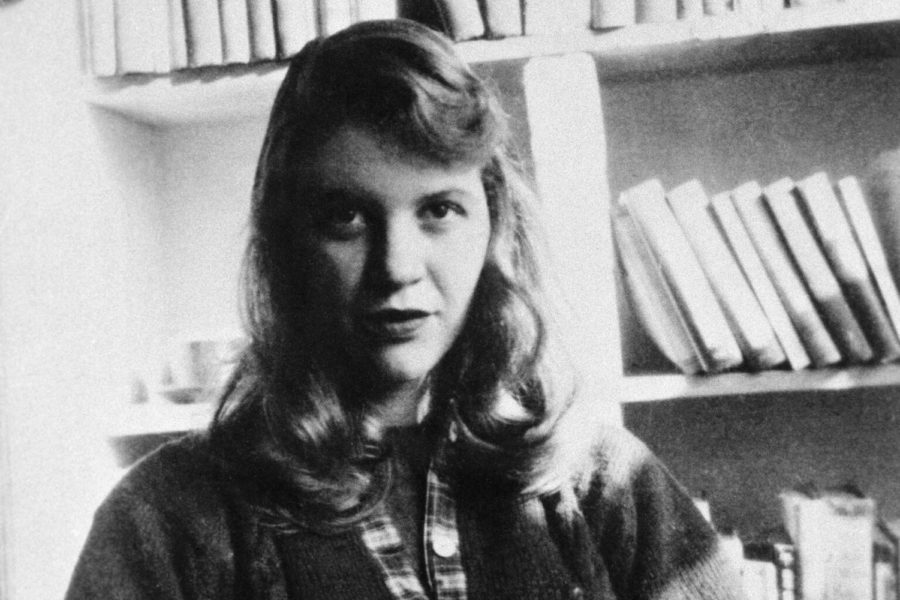Opinion: 60 Years Later, “The Bell Jar” Is Still Poetically Tragic
First published in 1963, Sylvia Plath’s semi-autobiographical novel follows 19 year-old Esther Greenwood, a gifted college student navigating the throes of late adolescence.
March 20, 2023
The Bell Jar was, and still remains, a mystery in itself.
First published in 1963, Sylvia Plath’s semi-autobiographical novel follows 19 year-old Esther Greenwood, a gifted college student navigating the throes of late adolescence.
Esther seems to possess the “ideal” traits on the outside – smart, beautiful, and extremely talented. On the inside, however, she is completely different.
She slowly begins to descend into an intense loophole of insanity, so much so that she can no longer handle the ordeal of performing everyday activities.
Esther’s first-person narration provides a disturbingly realistic view of the troubled woman, from the rumination of her own thoughts to failed suicide attempts.
She describes herself as feeling “very still and very empty, the way the eye of the tornado must feel.” This quote is just one of Plath’s stunningly harrowing moments that demonstrate not only her own poetic ability, but the various pitfalls of the protagonist’s decaying psyche.
Between lavish parties, her childhood home, the asylum, and the madness of it all, Esther’s state reaches one so low to the point where readers may sympathize with her and even convince themselves that this behavior is rational.
60 years after its publication, The Bell Jar has since been deemed a modern American classic and is a haunting revelation of the upsets of the human mind.


